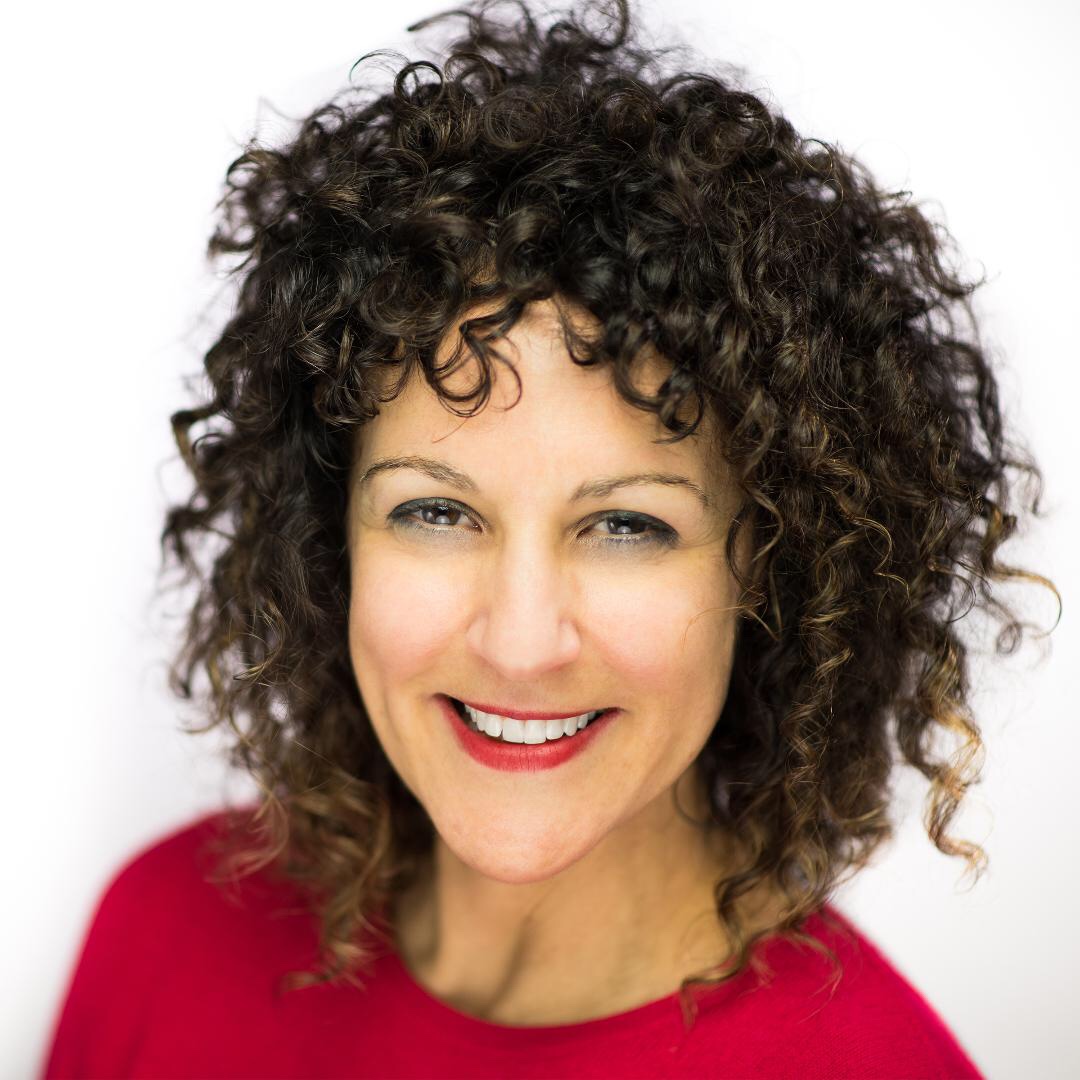One of my clients recently shared an important lesson a former boss taught her: Two people looking at the same thing aren’t seeing the same thing.
They stood side-by-side and looked out the window at a tree. “Do you see that tree?” she was asked. “Of course I see the tree. It’s right in front of my eyes.”
But they weren’t seeing the same tree, she was told, because they were viewing the tree from different angles. Parts of it were visible to one observer while obscured from the other. That’s when my client learned that perspective profoundly shapes what we see around us.
The same dynamic exists when we view our own lives: We see certain parts of our story while others are hidden. That matters because the perspective we choose impacts how we feel about ourselves, and what we do (or don’t do).
As a coach, I help clients reframe the parts of their story that drag them down and hold them back. I give them a glimpse of how the story looks from another angle.
The View from One Side of the Tree
After a seamless ascent for the first nine years of her career, a woman was laid off from her job following the 9/11 terrorist attacks. She applied for a number of internal roles including one supporting a leader she knew and admired. She was rejected from all of them.
She expanded her search and landed a position externally. Begrudgingly, she signed up for a reverse commute from Manhattan to New Jersey and the hours lost to the inevitable traffic jams en route to the Lincoln Tunnel. She soon learned she wasn’t a fit for the culture that was waiting on the other side of those commutes.
She spent the next two years trying to get rehired by her previous employer. In 2004, she did, but less than two years later, she was out of a job again when a new leader reorganized the team.
She’d been invited to join a family business in Atlanta for years. Although she found the idea of working for a small organization intriguing, she’d never pursued it because she didn’t want to leave New York. Ignoring her intuition, she decided to make the move.
For the second time, being laid off led to a job that left her unhappy. Only now—instead of being on the wrong side of the Hudson River—she was 850 miles away from home.
She began another search for roles back in New York. Informed by two previous displacements, she didn’t include her previous employer on her target list. Then she learned the position she’d wanted in 2001 was open again. She applied, and this time, she got the offer.
She stayed in that position for eight years until her boss retired. When he did—because she was his chief of staff—her job was eliminated, so she decided to pursue a career she was more passionate about. She chose the nonprofit sector, and although she knew it would mean a steep pay cut, she made the compromise in service to doing more meaningful work. Only instead of being more engaged, she felt unappreciated and underutilized. Ever determined to get to a better place, she spent the next year searching for a new position. She didn’t receive a single offer.
While friends and colleagues ascended, her job had been eliminated three times. She was rejected from countless interview processes, and her income was a fraction of what it had been a few years earlier. She questioned herself and her career choices. She felt discouraged and depleted.
The View from the Other Side
She was promoted four times by her first employer and awarded a role as a people leader at 25. She was recruited to join a bigger organization where she received a significant pay increase. Then she got an offer from a Fortune 500 firm in Manhattan where she was promoted in a few years to lead a team.
Her position was eliminated following the 9/11 terrorist attacks, but despite the competitive job market, she quickly landed a comparable role with another firm. The severance package she received helped her buy an apartment in New York.
Two years later, she was rehired by her previous employer, but the team she was part of was disbanded when a new leader took over 18 months later.
For years, she’d considered joining a family business in Atlanta. She was intrigued by the idea of working for a small organization, and the layoff gave her an opportunity to make the move and explore her curiosity.
As general manager, she led the sales and customer services arms of the company for nearly two years, but she missed New York and wanted to return. As she began her job search, a position she’d unsuccessfully pursued years earlier opened. This time she received an offer that included relocation expenses.
She had good work-life balance in the new role which enabled her to fulfill a goal she’d set several years earlier: completing a Master of Social Work (MSW) program and pursuing a second career as a psychotherapist. A few months after getting her degree, she landed a part-time job as a therapist where she fulfilled the licensing hours she needed to achieve her Licensed Clinical Social Worker credential.
She balanced her full-time and part-time jobs until her boss decided to retire which meant her chief of staff position would be eliminated. Although he offered to help her find another job, she wanted to pursue work that felt more meaningful.
She was granted a second severance package, and she enjoyed a few stress-free months off before starting a new job with a nonprofit.
Although she started enthusiastically, she soon felt disappointed because she was underutilized and unfulfilled in the new organization, so she began another job search. Despite pursuing roles she was highly qualified for she didn’t receive an offer.
The rejections were deeply discouraging, but she became curious about the meaning of the fruitless job search and all that came before it. Instead of forging ahead down the same road, she took a step back and began to reevaluate her career plans.
*****
As you may have guessed by now, I am the protagonist in these two versions of the same story. From one side of the tree, I felt trapped and hopeless, but everything changed for me when I was able to see the view from the other side.
This was the truth: I was terrified to step away from the security of a 9-5 job, but I began to see that my 9-5 jobs hadn’t proven very secure. I asked myself what I would do if I faced my fear.
I’d wanted to pursue my professional coaching credential for years, but I didn’t know how to balance a full-time job with my part-time work as a psychotherapist and a coaching program. Using this lens, a job that didn’t keep me busy or engaged no longer felt like a problem; it felt like a solution.
I enrolled in a coaching program and finished within a year. I left my 9-5 and added clients to my psychotherapy practice. Before I turned 50, I started my third career and launched my coaching business.
That’s my story. What’s yours? What can’t you see because you are only looking at the tree from one angle? What might you find if you took a peak from the other side?
I wonder what is hiding from you in plain sight.


